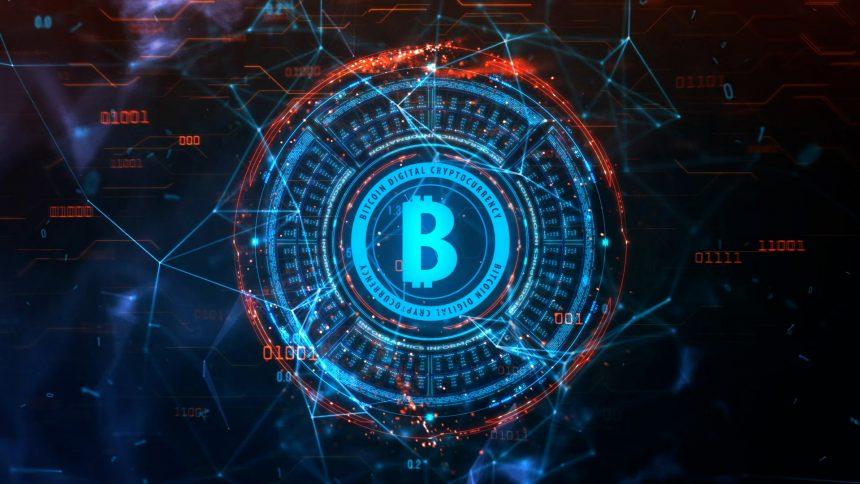Crypto mining has become a hot topic in recent years, with the rise of digital currencies like Bitcoin and Ethereum. This process is not only a fundamental part of how cryptocurrencies operate but also a lucrative endeavor for those with the right tools and resources. However, beneath the surface of legitimate crypto mining lies a significant threat: crypto-jacking software. In this comprehensive article, we’ll delve into the world of crypto mining, explaining the process, its benefits, and the negative effects of crypto-jacking on an individual’s computer.
Understanding Crypto Mining
Cryptocurrency mining or simply crypto mining is the backbone of most blockchain-based digital currencies. It serves a dual purpose – validating transactions and creating new digital coins. The process can be compared to how traditional currencies are minted, with miners providing their computational power and securing the network in exchange for rewards.
Key aspects of crypto mining include:
Verification of Transactions
Cryptocurrencies like Bitcoin, Ethereum, and many others operate on a decentralized ledger system known as a blockchain. When cryptocurrency transactions occur, they need to be verified and added to the blockchain to ensure their authenticity. Mining plays a crucial role in this verification process.
Creation of New Coins
Crypto mining is also the mechanism by which new coins or tokens are introduced into circulation. These newly created coins serve as rewards for miners who contribute their computational power and resources to the network.
Consensus Mechanism
To achieve consensus in a decentralized system, cryptocurrency networks employ different consensus mechanisms. The most common mechanism is Proof of Work (PoW), which requires miners to solve complex mathematical puzzles using their computing power. The first miner to solve the puzzle gets the opportunity to verify transactions and add them to the blockchain, and, in return, they receive new coins as a reward.
Securing the Network
Miners play a crucial role in securing the network against various threats, including double-spending attacks. The act of mining ensures the integrity of the blockchain, making it resistant to fraud.
Resource-Intensive Process
Crypto mining, especially PoW mining, is resource-intensive. Miners use specialized computer hardware (usually graphics cards or ASICs) to perform complex calculations. The process requires substantial computational power and consumes a significant amount of electricity.
Mining Pools
As mining difficulty has increased and individual mining has become less profitable, many miners join mining pools. In a mining pool, participants combine their computational resources and share the rewards based on their contributions.
Halving Events
Many cryptocurrencies have a mechanism that reduces the rewards for miners over time. Bitcoin, for instance, undergoes a “halving” event approximately every four years, which halves the number of new Bitcoins awarded to miners. This event is designed to control the inflation of the cryptocurrency.
Alternative Consensus Mechanisms
While PoW is the most well-known consensus mechanism, there are alternatives like Proof of Stake (PoS), Delegated Proof of Stake (DPoS), and Proof of Authority (PoA). These mechanisms require participants to hold a certain amount of the cryptocurrency or have a reputation to validate transactions, eliminating the resource-intensive nature of PoW.
The Dark Side: Crypto-Jacking
While crypto mining is a legitimate and necessary process for maintaining digital currencies, it’s important to note that malicious actors exploit this process through a practice known as crypto-jacking. Crypto-jacking involves secretly using an individual’s computer or device to mine cryptocurrencies without their consent. Here’s why crypto-jacking is a growing concern:
- Unwanted Resource Consumption: Crypto-jacking strains your computer’s resources, causing slowdowns, overheating, and reducing its lifespan. Your CPU and GPU are put to work without your knowledge, often leading to decreased device performance.
- Electricity Costs: Mining cryptocurrencies is power-hungry, and when a cybercriminal hijacks your device, they increase your electricity bills. This can be a costly consequence of crypto-jacking.
- Security Risks: Crypto-jacking software may introduce additional vulnerabilities to your system. Cybercriminals can use your device to access your personal information, including passwords and financial data.
- Reduced Lifespan: The constant high workload caused by mining software can lead to the early wear and tear of hardware components, particularly the CPU and GPU.
- Software and Network Issues: Crypto-jacking software can interfere with legitimate applications, create conflicts, and even crash your computer. It can also cause network congestion.
Protection Against Crypto-Jacking
Protecting your computer from crypto-jacking requires vigilance and security measures:
- Use Anti-Malware Software: Employ reputable anti-malware software to detect and block crypto-jacking scripts and software.
- Regular Software Updates: Keep your operating system, web browsers, and security software up to date to patch vulnerabilities exploited by crypto-jacking software.
- Browser Extensions: Install browser extensions designed to block crypto-mining scripts that run in web browsers.
- Security Education: Educate yourself about the risks and methods of crypto-jacking to recognize suspicious behavior on your device.
- Ad-Blockers: Consider using ad-blockers, as some crypto-jacking scripts are distributed through malicious ads.
Conclusion
Cryptocurrency mining is an integral part of the blockchain ecosystem, contributing to the security and functionality of digital currencies. However, the rise of crypto-jacking has raised concerns about the unauthorized use of individuals’ computing power and its negative consequences. By staying informed and taking preventative measures, users can protect their computers and personal data from crypto-jacking threats, ensuring a safer and more secure digital experience.





